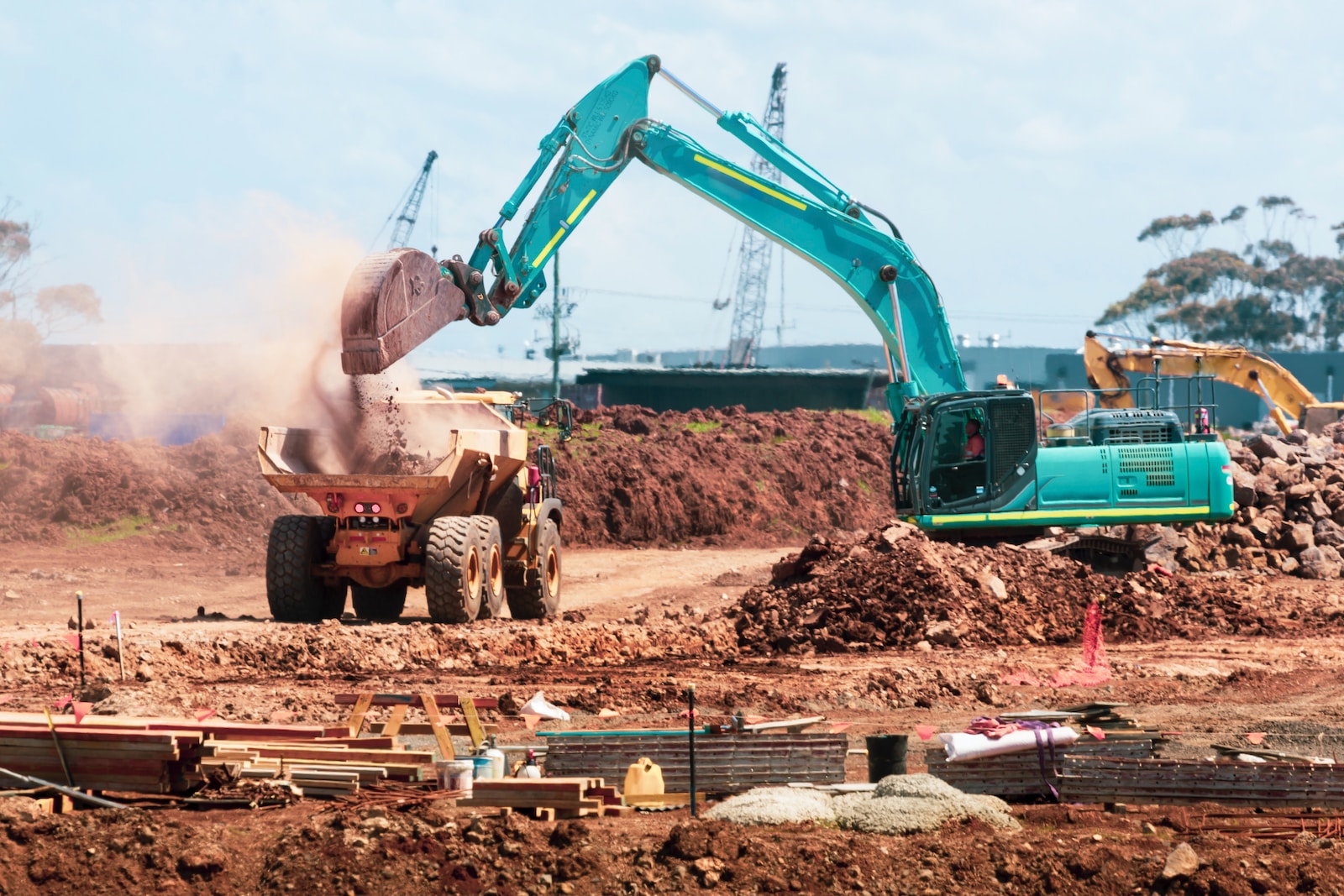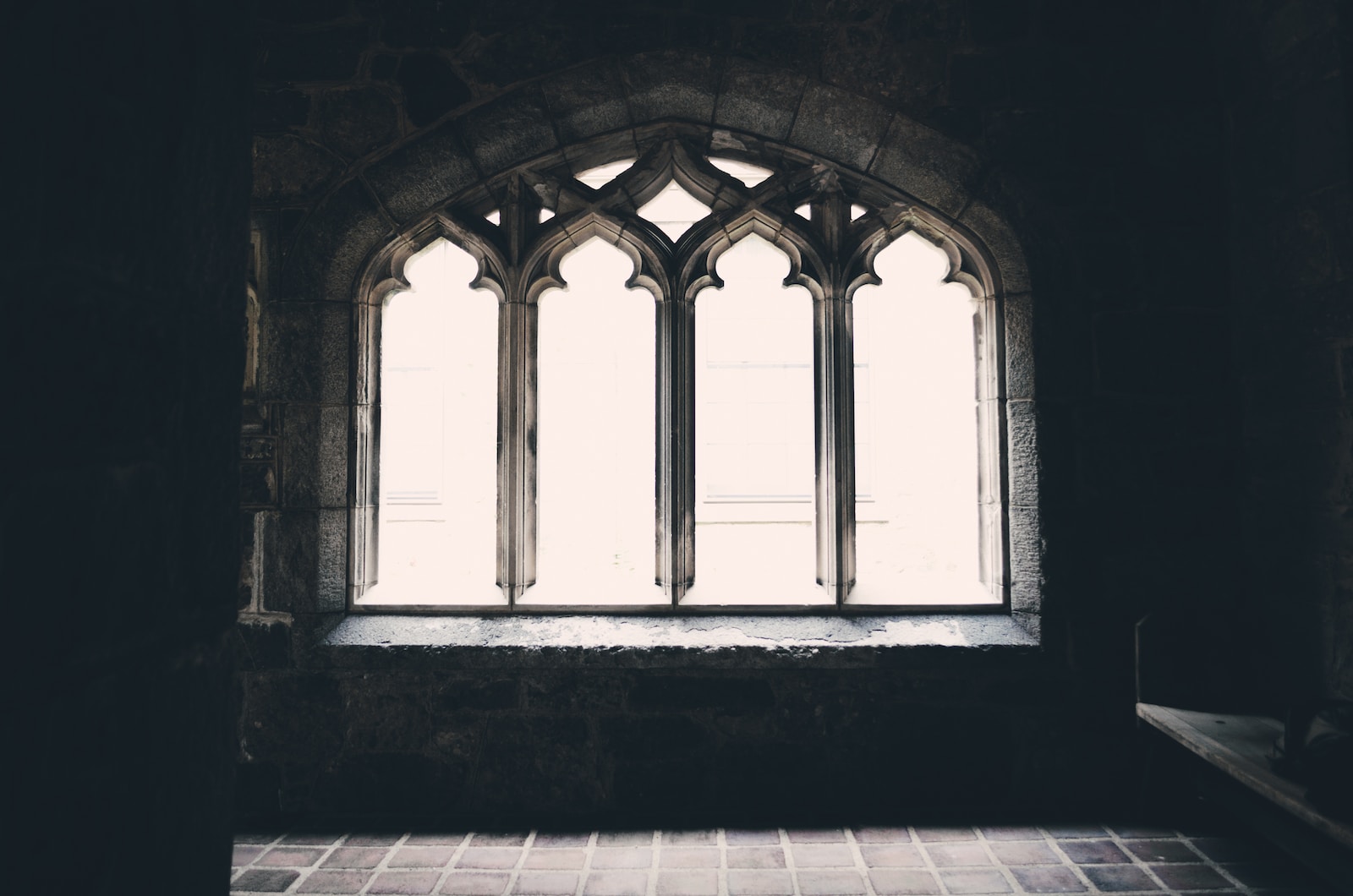Photographing Cemeteries – Embracing the Peace and History: Step into a world of tranquility and nostalgia as we embark on a respectful journey capturing the character and serenity of cemeteries. Delve into the art of cemetery photography, where we will guide you through the breathtaking architecture, mesmerizing landscapes, and the captivating tales that lie within. Discover the tips and tricks to evoke emotion through lighting, composition, and story-telling, as we uncover the beauty and history that awaits in these hallowed grounds.
Table of Contents
- Exploring the Captivating Beauty of Cemeteries
- The Best Equipment for Cemetery Photography
- The Changing Seasons: A Photographer’s Palette
- Frequently Asked Questions
- 1. Why should I consider photographing cemeteries?
- 2. What should I keep in mind while photographing cemeteries?
- 3. How can I capture the character of a cemetery through my photography?
- 4. What equipment do I need for cemetery photography?
- 5. How can I improve my cemetery photography compositions?
- 6. Are there any post-processing tips specific to cemetery photography?
- 7. Are there any legal or ethical considerations when photographing cemeteries?
- Wrap Up
Exploring the Captivating Beauty of Cemeteries
Cemeteries hold more than just the final resting place of loved ones. They are a treasure trove of history, art, and serenity, making them a fascinating subject for photography. By capturing the unique combination of architecture, landscapes, and historical elements within cemeteries, photographers can create compelling and thought-provoking images.
Architecture Photography: Unveiling the Intricate Details
Cemeteries boast a diverse range of architectural styles, from elaborate mausoleums to simple headstones. Each structure tells a story and offers a glimpse into the past. When photographing cemeteries, pay attention to the intricacy of the architecture and use it to compose visually striking images. By angling your shots to capture shadows, lines, and patterns, you can add depth and drama to your photographs.
Experiment with different perspectives, such as shooting from a low angle to make towering monuments even more imposing. Alternatively, try a wide-angle lens to capture the grandeur of an entire cemetery. By playing with composition, you can highlight the unique features of each structure and create visually compelling images.
Landscapes: Creating a Sense of Tranquility
Beyond the impressive architecture, cemeteries often feature meticulously designed landscapes that offer moments of peace and serenity. Use the natural elements within the cemetery to evoke a sense of calmness in your photographs. Seek out the winding paths, serene ponds, or blooming flowers, and incorporate them into your compositions.
Consider the lighting conditions as well, as different times of the day can create varying moods within the cemetery. Soft morning light can add a sense of tranquility, while warm golden hour light can enhance the beauty of the surroundings. Always be mindful and respectful of the solemn atmosphere, ensuring that your presence does not disturb other visitors or the peaceful ambiance of the cemetery.
Pay attention to the details within the landscapes too. Notice the way the light filters through the trees or the way flowers delicately touch a gravestone. These small details can bring a sense of intimacy and evoke emotions in your photographs.
Furthermore, cemeteries often represent a connection between humans and nature, serving as a final resting place where life and death intertwine. By capturing the harmony between the natural and man-made elements, you can tell powerful stories through your photographs.
Remember, photographing cemeteries requires a delicate balance between artistic expression and respect for the deceased. Exercise caution and sensitivity when framing your shots, ensuring that your images evoke reverence rather than exploitation.
Did you know that cemetery photography, also known as tombstone photography, has a rich history dating back to the Victorian era? It was a popular trend to capture images of gravestones as a way to honor the deceased and preserve their memory.
The Best Equipment for Cemetery Photography
When it comes to photographing cemeteries, having the right equipment can make all the difference in capturing the character, serenity, and historical significance of these unique locations. In this section, we will discuss the essential cameras, lenses, and other equipment that can enhance your cemetery photography.
The Power of the Camera: Choosing the Right Tool
Your choice of camera can greatly impact the quality and versatility of your cemetery photography. While there are various types of camera systems available, two popular options often favored by photographers are DSLR (Digital Single Lens Reflex) and mirrorless cameras.
DSLR cameras are known for their excellent image quality, wide range of lens options, and professional-grade features. Their ability to interchange lenses provides flexibility and allows for capturing various types of shots, from close-ups of intricate tombstones to expansive shots of cemetery landscapes. On the other hand, mirrorless cameras are more compact, lightweight, and offer advanced features like electronic viewfinders and in-body image stabilization, making them an excellent choice for photographers who value portability without sacrificing quality.
Both camera types come with their own benefits, and the choice ultimately depends on your personal preference and shooting style.
Lenses: Zooming in on the Details
Choosing the right lens is crucial for capturing the intricate details, architectural beauty, and sweeping landscapes of cemeteries. Here are some options to consider:
- Wide-Angle Lens: A wide-angle lens, such as a 24mm or 35mm, is ideal for capturing the grandeur of cemetery architecture, as well as the vastness of landscapes. It enables you to include more elements in your frame and create a sense of depth in your photographs.
- Macro Lens: A macro lens is perfect for photographing the delicate details of tombstones, statues, and flowers. With its close focusing capabilities, it allows you to capture the intricate engravings and textures, revealing the artistry and craftsmanship of cemetery monuments.
- Telephoto Lens: A telephoto lens, such as a 70-200mm or 100-400mm, allows you to zoom in on specific details or capture subjects from a distance. This is particularly useful when photographing wildlife, birds, or capturing close-ups of distant statues within the cemetery.
Remember, the lens you choose depends on your creative vision and the type of shots you want to achieve. It’s always beneficial to experiment and find the lenses that best suit your style.

The Changing Seasons: A Photographer’s Palette
Cemeteries offer unique beauty in every season, each presenting its own colors, mood, and atmosphere. By embracing the cyclical nature of the year, photographers can capture the essence of cemeteries throughout the changing seasons.
In spring, vibrant blooms, such as cherry blossoms and daffodils, breathe life into the cemetery landscape. The pastel hues provide a delicate backdrop for photographing the monuments and create a sense of renewal and hope. It’s the perfect time to focus on capturing the rebirth that accompanies the season.
Summertime unveils a lush and verdant environment, with trees providing ample shade for dramatic lighting contrasts. The vibrant greens create a sense of serenity and tranquility, enhancing the peaceful ambiance of the cemetery. Look for sunbeams filtering through the foliage or capture the play of light and shadow on the tombstones to add depth and drama to your compositions.
As autumn arrives, the cemetery transforms into a stunning symphony of colors. The fiery reds, deep oranges, and golden yellows of falling leaves infuse the landscape with a nostalgic and melancholic atmosphere. Take advantage of this season by experimenting with different angles and perspectives to capture the contrast between nature’s farewell and the eternal nature of the cemetery.
Finally, winter brings a sense of stillness and solitude to cemeteries. The barren trees, icy landscapes, and snow-covered tombstones create a hauntingly beautiful scene. The monochromatic palette offers an opportunity to focus on the intricate details and textures of the grave markers, highlighting their timeless endurance. Embrace the minimalism of winter and capture the quiet elegance that comes with the season.
Exploring Vantage Points: From Ground-Level to Aerial Perspectives
To truly capture the character and serenity of cemeteries, photographers can experiment with various vantage points and positions. By exploring different angles and viewpoints, you can showcase the grandeur of the monumental architecture and reveal the hidden stories within the cemetery.
One option is to get down on the ground level. By kneeling or lying on the grass, you can create unique perspectives that bring depth and intimacy to your photographs. This approach allows you to showcase the smaller details, such as engraved names and epitaphs, which often hold great historical and emotional significance.
On the other hand, ascending to higher ground can provide a mesmerizing aerial view of the cemetery. Whether by climbing a nearby hill or using a drone, capturing images from above adds a sense of scale to the vastness of the cemetery. This perspective also allows you to highlight the patterns and symmetry of the tombstones, leading the viewer’s eye through the composition.
Alternatively, standing at eye level with the monuments can provide a balanced and comprehensive view of the cemetery. Experiment with different compositions, such as leading lines or the rule of thirds, to add visual interest and guide the viewer through the image. Pay attention to the interplay between light and shadow, as it can enhance the depth and three-dimensionality of the scene.
Remember, the best vantage point for capturing the essence of cemeteries may vary depending on the cemetery’s architecture, layout, and atmosphere. Take the time to explore various perspectives and experiment with different angles to find the unique visual narrative that speaks to you as a photographer.
In conclusion, cemeteries offer a multitude of opportunities for photographers to embrace the peace and history they encapsulate. By considering the changing seasons and exploring different vantage points, photographers can skillfully capture the character and serenity of these sacred spaces. So grab your camera, immerse yourself in the stories whispered by ancient gravestones, and unlock the timeless beauty that cemeteries hold.
A helpful photography tip when photographing cemeteries is to use a tripod to ensure sharp and steady shots, especially in low-light conditions. This will help you capture the intricate details of tombstones and architecture with precision and clarity.
Frequently Asked Questions
1. Why should I consider photographing cemeteries?
Photographing cemeteries allows you to embrace the peace and capture the history that surrounds these unique locations. Cemeteries can be visually stunning and provide ample opportunities for photography enthusiasts to explore different subjects, such as architecture, landscapes, and historical elements.
2. What should I keep in mind while photographing cemeteries?
When photographing cemeteries, it’s essential to approach the subject with respect and sensitivity. Consider the following tips:
- Be mindful of your surroundings and the mourners present.
- Observe any rules and regulations that may be in place.
- Use natural and available lighting to enhance the atmosphere.
- Pay attention to details, such as unique gravestones or monuments.
- Seek out different angles and compositions to tell a captivating story.
3. How can I capture the character of a cemetery through my photography?
To capture the character of a cemetery, focus on elements such as:
- Architectural details of mausoleums, tombstones, or chapels.
- Symbolism depicted in art, sculptures, or engravings.
- Nature blending with man-made features, like overgrown vegetation.
- Contrasting textures and patterns found within the cemetery.
By considering these factors, your photographs can truly reflect the unique atmosphere and story of the cemetery.
4. What equipment do I need for cemetery photography?
In general, a DSLR or mirrorless camera with interchangeable lenses will provide the best results. Here are some recommended tools to consider:
- A wide-angle lens for capturing the overall ambiance and architecture.
- A telephoto lens for capturing details and isolating specific elements.
- A tripod to ensure stability and achieve sharp images.
- A polarizing filter to reduce glare and enhance colors.
Remember that the most important equipment is your creative vision and a respectful approach to the subject.
5. How can I improve my cemetery photography compositions?
To improve your compositions when photographing cemeteries:
- Find interesting foreground elements to add depth and context.
- Experiment with different angles and perspectives for unique viewpoints.
- Use leading lines to guide the viewer’s eye through the frame.
- Consider the rule of thirds to create a pleasing balance.
- Utilize negative space to emphasize the subject and convey a sense of tranquility.
By incorporating these compositional elements, you can create visually appealing and engaging photographs.
6. Are there any post-processing tips specific to cemetery photography?
While post-processing is a personal preference, here are a few tips to enhance your cemetery photographs:
- Adjust the exposure and contrast to match the mood of the scene.
- Apply selective sharpening to bring out the details in tombstones or textures.
- Experiment with black and white or sepia tones for a timeless aesthetic.
- Remove distracting elements or sensor dust spots if necessary.
Remember to maintain the authenticity and integrity of the scene while post-processing to preserve the atmosphere captured.
7. Are there any legal or ethical considerations when photographing cemeteries?
It’s important to familiarize yourself with any local regulations or policies regarding photography at cemeteries. Respect the privacy of mourners and avoid taking photographs during funerals or when it may cause discomfort. Always prioritize the integrity and reverence of the space you are photographing.
Wrap Up
Photographing cemeteries is a unique and fulfilling way to embrace the peace and history that these sacred places offer. By mastering lighting techniques, exploring different compositions, and telling compelling stories, you can capture the character and serenity of these locations with stunning cemetery photography.
Remember to approach your subjects respectfully, understanding the significance they hold for families and communities. Take advantage of the beautiful architecture, landscapes, and historical elements within cemeteries to enhance your shots. Use the keywords “cemetery photography, architecture photography, landscapes, and historical photography” to optimize your blog and attract like-minded readers.
As you embark on this photographic journey, we encourage you to share your experiences and images in the comments below. What tips and tricks have worked for you? What stories have you discovered? Let’s keep the conversation alive and continue to celebrate the art of cemetery photography together!



